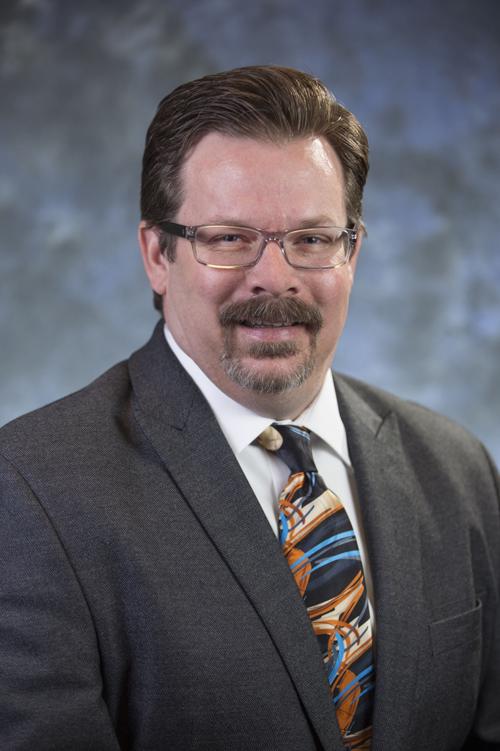Tucsonans truly understand the value of water. We have made long-term investments over decades to secure our water future. A diverse water supply portfolio, robust water management strategies and industry-leading conservation programs make us ready to meet any challenge.
In his April 23 article “Big CAP cuts coming as 3-state water agreement nears,” reporter Tony Davis provided an overview of negotiations by the lower Colorado River basin states to address long-term shortages on the Colorado River.
The primary symptom of drought on the Colorado River is the water level in Lake Mead. As Lake Mead falls, the likelihood of a shortage declaration increases, which triggers a series of water delivery reductions that mostly affect Arizona.
Currently, the secretary of the interior is left to make decisions when the lowest trigger point is reached. The impacts of climate change are expected to place even greater stress on the Colorado River system. Leaving water in Lake Mead is critical and the current negotiations are intended to slow declines in the lake level.
Arizona is represented by the Arizona Department of Water Resources Director Thomas Buschatzke in these discussions. I support him in these negotiations as they address current drought conditions, while leaving Tucson in a strong position to continue meeting our long-term water demands.
Under the negotiation proposal, Arizona and Nevada would voluntarily take early cutbacks to leave more water in Lake Mead. If lake levels continue to decline, the volumes cut back by Arizona and Nevada would gradually increase, but California would also reduce water deliveries.
This change in position by California is significant and something they are not currently required to do. These actions allow better management of the impacts of shortage, as we are able to predict agreed upon reductions but cannot predict potential actions by the secretary of interior should the level of Lake Mead fall below the existing shortage “basement” of 1,025 feet. All of the lower basin states are motivated to work together and retain control of our collective water future to prevent this outcome.
Tucson is prepared to absorb shortages under the existing requirements and under the proposed negotiations. Long-term planning and wise investments have left us in an enviable position.
First, investing in recharge and recovery programs that permit us to recharge our full CAP allocation of 144,191 acre-feet into the aquifer have proven successful. Our demands for water are about 100,000 acre-feet per year, so we are also successfully storing over 44,000 acre-feet of water in the aquifer each year. Three-and-a-half years’ worth of water is currently in storage for use in the future.
Second, the strong commitment by the Tucson mayor and council and community support for water conservation programs help us maintain a high level of resiliency in addressing long-term water needs.
Third, increased utilization of rainwater and storm water provides a buffer toward any shortages that occur. We will continue to study ways to better manage these water resources into the future.
Finally, we must continue to invest in our groundwater system, as it provides us a level of redundancy that most communities do not have.
Even today, as we shut down a critical 84-inch water main to undertake repairs, we are able to maintain continuity of service by temporarily shifting to the groundwater system from the renewable water supply system. While we have access to groundwater today, it should be reserved as a last option for the future.
With the support of the mayor and council and our customers, the investments made toward water reliability for our community leave us in a good position, despite the threat of reductions in water supply resulting from drought.
The agreements being negotiated provide a benefit to all of the Colorado River lower basin water users, while minimally impacting our community. Our water future is secure and we can continue to grow our economy with confidence — Tucson knows how to thrive in our desert environment.





